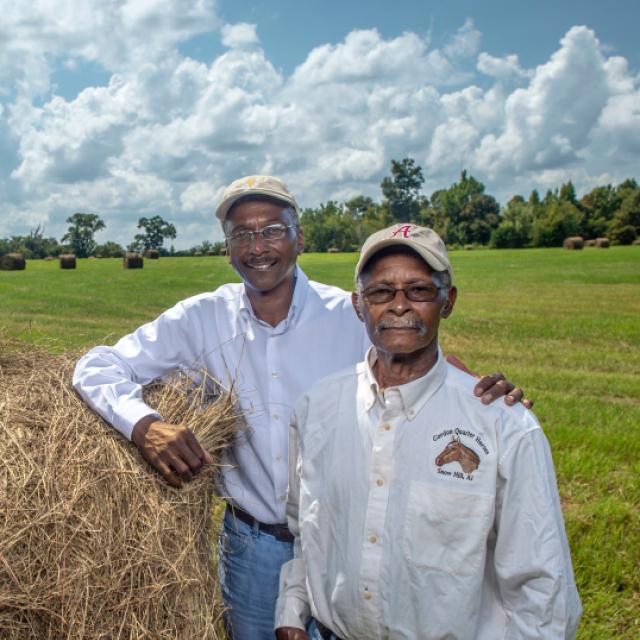Notice


This Regional Conservation Partnership Program (RCPP) project across areas of Montana will focus on mitigating lethal conflict between predators and agricultural operations.
The Non-Lethal Conflict Reduction Project is located across a large portion of Montana. The intent of the project is to help producers adopt non-lethal predator deterrents on their operation. By utilizing a combination of removing attractants from the landscape, early detection, and non-lethal deterrents the number of negative interactions between livestock and large predators can be reduced.

Who Can Participate?
Landowners in the following counties. Applications will be accepted in all identified counties in the map and listed below. Applications in high conflict counties will be assessed and ranked first, followed by applications in medium and then low counties as funding is available.
- High Conflict Counties: Beaverhead, Glacier, Lewis and Clark, Madison, Pondera
- Medium Conflict Counties: Carbon, Powell, Teton
- Low Conflict Counties: Cascade, Chouteau, Deer Lodge, Flathead, Gallatin, Granite, Jefferson, Lake, Lincoln, Mineral, Missoula, Park, Ravalli, Sanders, Silver Bow, Stillwater, Sweet Grass, Toole
Benefits to the Land
The primary resource concerns of this project are terrestrial habitat, field sediment, nutrient and pathogen loss, and livestock production limitations. Conservation practices will be planned to address these resource concerns to enhance project outcomes.
Project Partners
- Blackfoot Challenge
- Heart of the Rockies
Eligible Land Uses
- Cropland
- Pasture
- Range
- Forest
- Farmstead
- Associated agriculture land
Eligible Conservation Practices
- 645 Upland Wildlife Habitat - Range riding and/or turbo fladry
- 649 Structures for Wildlife
- Electrified mat to support 649
- Electrified fence to support 649
- 830 Animal Mortality Management
- 500 Obstruction removal to support 649 Structures for Wildlife and 382 Fence scenarios as listed above.
Detailed descriptions of these conservation practices can be found in the Field Office Technical Guide.
When to Apply
Program applications are accepted on a continual basis. However, NRCS establishes application dates for evaluation, ranking and approval of eligible applications. Applications received after that date will be automatically deferred to the next funding period. See Montana Programs and Application Dates.
Applications must meet the intent of this initiative. For more details about this initiative, contact your local field office.
Local Ranking Questions
NRCS uses these questions to evaluate eligible applications for this project and to prioritize applications for potential funding.
At least 51 percent of the acres in the application must be within the Non-Lethal Conflict Reduction Project Area.
- Proximity to habitat connectivity (geo spatial)
- Within the polygon
- Outside the polygon
- Does the application include range riding?
- Does the application include carcass management?
- Does the application include structures for wildlife?
- What species does the applicant have conflict with?
- Bears
- Wolves
Contact
For more information or to apply, visit your local USDA service center or Heart of the Rockies.
Additional Information
Information about payment schedules, priority resource concerns, other program and initiatives, and RCPP in general is available at Regional Conservation Partnership Program - Montana.
Ready to get started?
Contact your local service center to start your application.
How to Get Assistance
Do you farm or ranch and want to make improvements to the land that you own or lease?
Natural Resources Conservation Service offers technical and financial assistance to help farmers, ranchers and forest landowners.

To get started with NRCS, we recommend you stop by your local NRCS field office. We’ll discuss your vision for your land.
NRCS provides landowners with free technical assistance, or advice, for their land. Common technical assistance includes: resource assessment, practice design and resource monitoring. Your conservation planner will help you determine if financial assistance is right for you.
We’ll walk you through the application process. To get started on applying for financial assistance, we’ll work with you:
- To fill out an AD 1026, which ensures a conservation plan is in place before lands with highly erodible soils are farmed. It also ensures that identified wetland areas are protected.
- To meet other eligibility certifications.
Once complete, we’ll work with you on the application, or CPA 1200.
Applications for most programs are accepted on a continuous basis, but they’re considered for funding in different ranking periods. Be sure to ask your local NRCS district conservationist about the deadline for the ranking period to ensure you turn in your application in time.
As part of the application process, we’ll check to see if you are eligible. To do this, you’ll need to bring:
- An official tax ID (Social Security number or an employer ID)
- A property deed or lease agreement to show you have control of the property; and
- A farm number.
If you don’t have a farm number, you can get one from USDA’s Farm Service Agency. Typically, the local FSA office is located in the same building as the local NRCS office. You only need a farm number if you’re interested in financial assistance.
NRCS will take a look at the applications and rank them according to local resource concerns, the amount of conservation benefits the work will provide and the needs of applicants. View Application Ranking Dates by State.
If you’re selected, you can choose whether to sign the contract for the work to be done.
Once you sign the contract, you’ll be provided standards and specifications for completing the practice or practices, and then you will have a specified amount of time to implement. Once the work is implemented and inspected, you’ll be paid the rate of compensation for the work if it meets NRCS standards and specifications.

